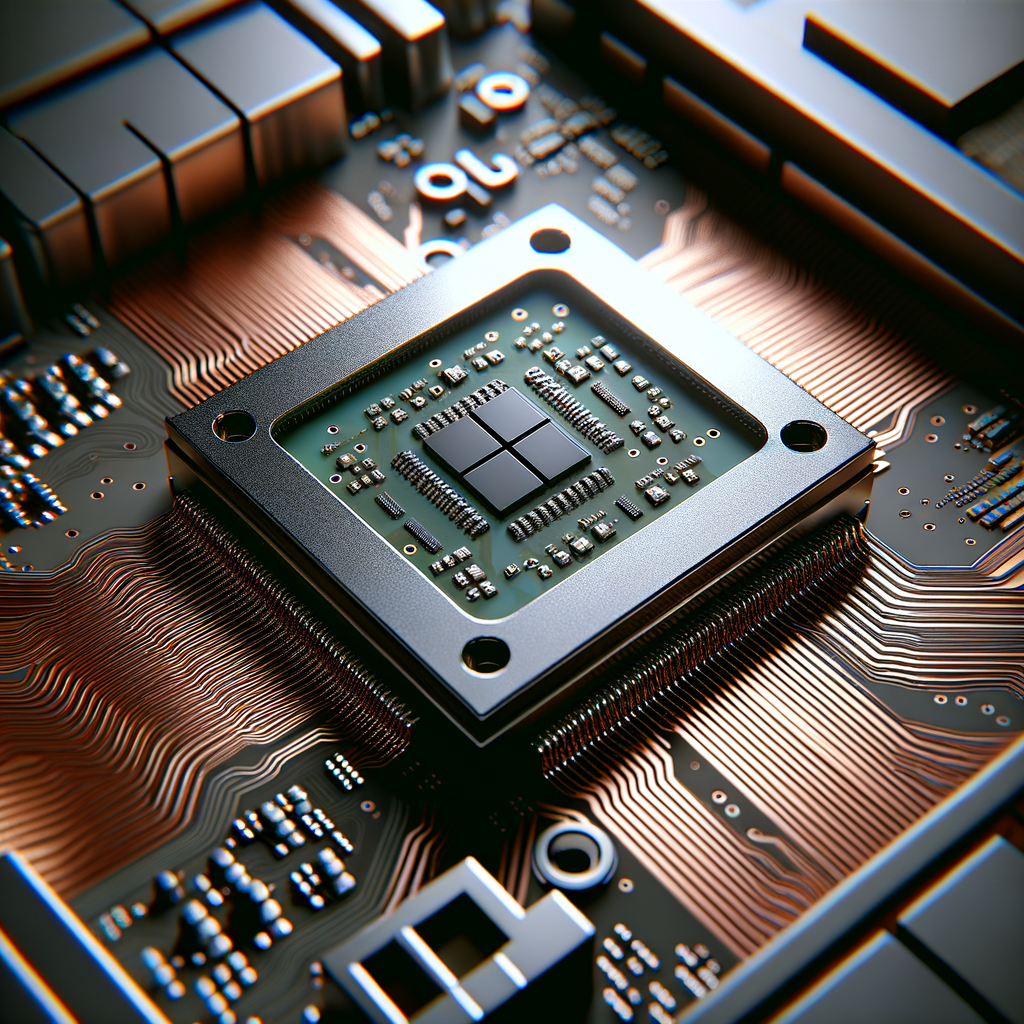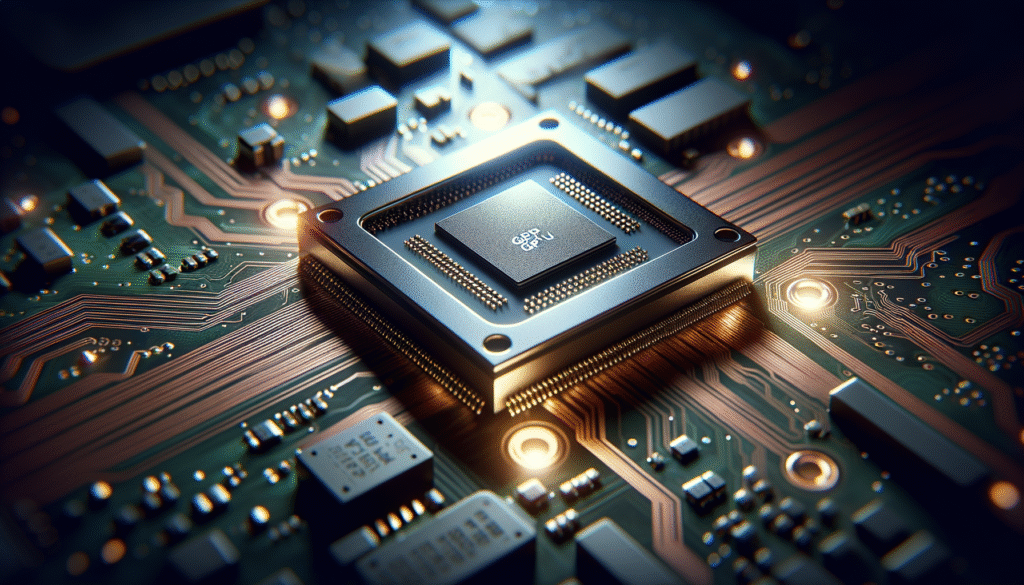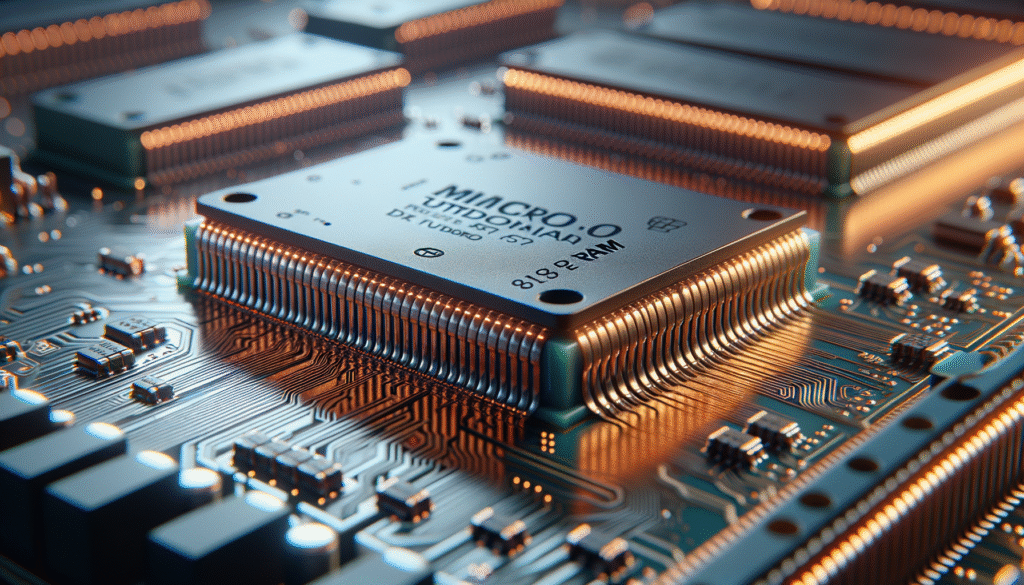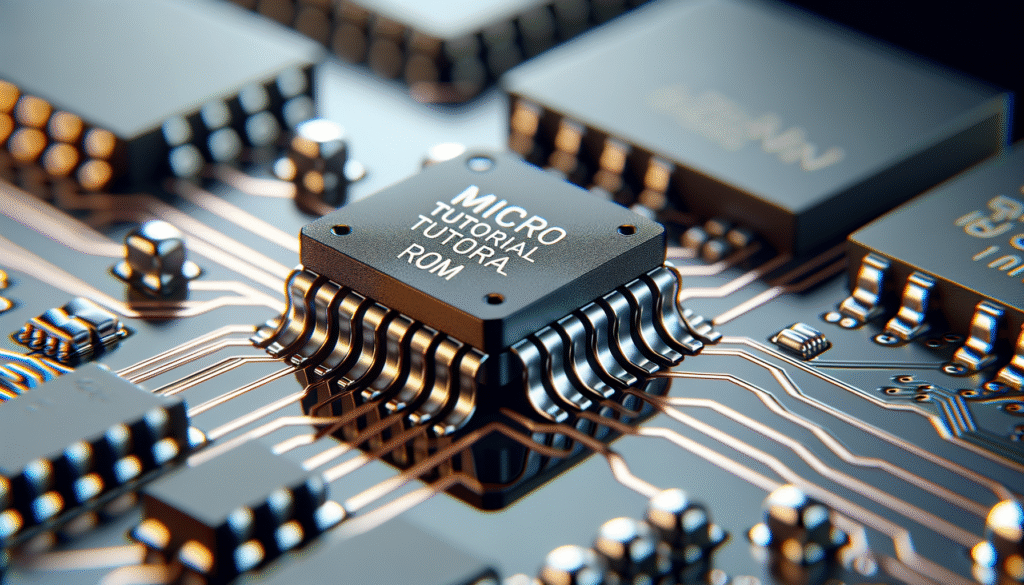Micro Tutorial: GPU
Practical Introduction
Once, I encountered a student who thought that GPUs were only useful for playing video games. However, their applications are much broader and more versatile. In this tutorial, we will explore what a GPU is and how it can benefit your projects.
What is it used for and how does it work?
GPUs, or Graphics Processing Units, are essential components in modern computing. Although they were originally designed to render 3D graphics and enhance gaming experiences, today they are used in a variety of applications, from machine learning to video editing.
The primary function of a GPU is to process large volumes of data in parallel. This means that, unlike the CPU, which handles tasks sequentially, the GPU can perform multiple operations simultaneously. For example, if you are working on a machine learning project, a GPU can help train complex models faster, as it efficiently handles intensive mathematical operations.
The operation of a GPU is based on its architecture. Instead of having a few powerful processing cores, as is the case with CPUs, GPUs have hundreds or even thousands of smaller cores. This allows GPUs to be particularly useful in tasks requiring parallel data processing, such as image processing or physical simulations.
Moreover, modern GPUs also include tensor cores, which are optimized for deep learning computations. Thus, the GPU not only enhances performance in graphics but also accelerates artificial intelligence tasks, making them valuable tools across many fields.
Key Parameters
Below are some key parameters you should consider when choosing a GPU:
| Parameter | Description | Typical Values |
|---|---|---|
| CUDA Cores | Processors on the GPU | 512 – 8192 |
| VRAM | Video memory | 4GB – 32GB |
| Bandwidth | Transfer speed | 128 – 384 bits |
| TDP (Thermal Design Power) | Power consumption | 75W – 350W |
| Compatibility | DirectX/OpenGL versions | 11/12, 4.6/4.5 |
These parameters are key to determining the performance and capabilities of a GPU in various applications. For instance, if you plan to perform video editing tasks, you’ll need a GPU with enough VRAM and high bandwidth to handle large files efficiently.
Specific Use Case
A concrete use case for a GPU can be found in the field of deep learning. Imagine you are developing an image recognition model. This process can be extremely resource-intensive, as it requires processing millions of images for the model to learn to recognize patterns.
Using a GPU in this scenario can significantly reduce training time. For example, instead of taking days or even weeks to train with a CPU, a GPU can complete the task in hours. This not only saves time but also allows for more experiments in a shorter period, resulting in a more refined and accurate model.
Additionally, many machine learning libraries, such as TensorFlow and PyTorch, are optimized to leverage the power of GPUs. This means that, with a bit of setup, you can achieve much better performance than with a CPU. In summary, if you are interested in machine learning, investing in a good GPU can be one of the best decisions you make.
Common Mistakes and How to Avoid Them
- Not considering compatibility: Ensure your GPU is compatible with your motherboard and power supply.
- Ignoring VRAM: If you work with high-resolution graphics or gaming, you’ll need enough VRAM.
- Overloading the GPU: Not all tasks require heavy GPU use. Sometimes, a CPU may suffice.
- Not updating drivers: Keeping your GPU drivers updated is crucial for optimal performance.
- Neglecting cooling: GPUs can get quite hot. Make sure you have a good cooling system in place.
Conclusion + Call to Action
In conclusion, GPUs are powerful tools that can significantly enhance the performance of your projects, especially in areas like machine learning and video editing. By considering the key features and parameters, you can choose the right GPU for your needs. So, if you haven’t already, consider investing in a GPU to boost your projects. Don’t hesitate to explore more on this topic.
More information at electronicsengineering.blog
Quick Quiz
Question 1: What does GPU stand for?
Question 2: What is the primary function of a GPU?
Question 3: What type of cores do modern GPUs typically have?
Question 4: What specific feature do modern GPUs include for deep learning?
External sources



